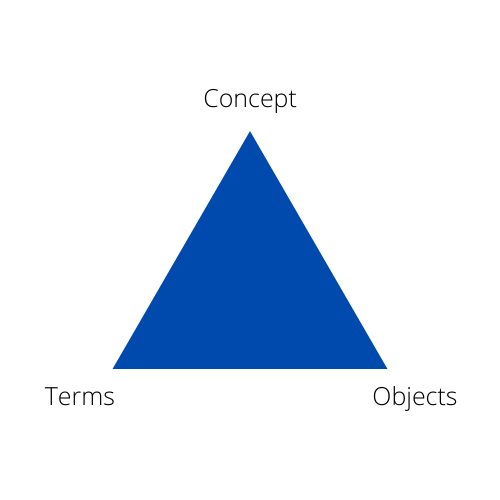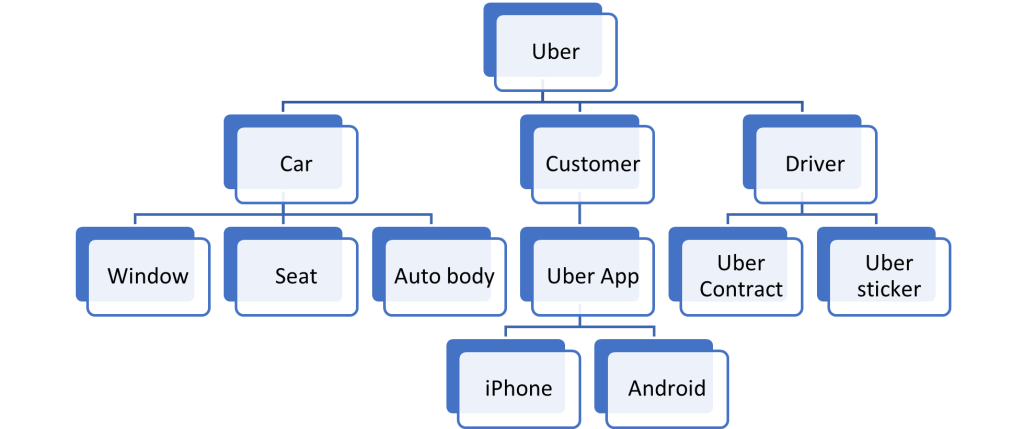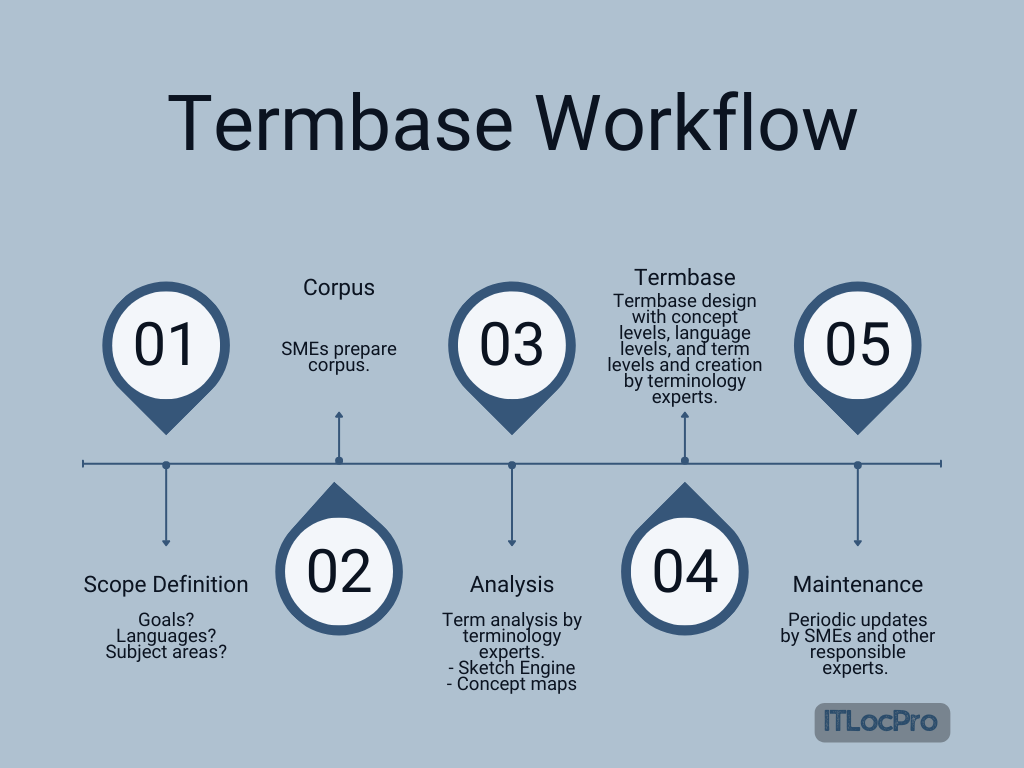Using terminology, international companies and organizations define terms and associated words for each language and update the term base (database for terms) periodically. Domains are various such as manufacturing, IT, medical, energy, science, aviation, and education industries. Stakeholders include product users, publishers, translators, researchers, and organization staff. Target content includes manuals, specifications, and specialized books.
Localization projects involve project managers (PMs), engineers, linguists, subject matter experts (SMEs), and more. If people in different disciplines use terms without terminology, the following issues may occur:
- Misunderstandings among SME, PM and linguists
- Due to a misunderstanding, the product does not meet customer’s requirements
- Low quality translations for translation inconsistency
Since the same term can have different meanings, misunderstandings may occur if you don’t manage terminology. A common case is where terms are used with different concepts among linguists, PMs, and SMEs. It causes a consequence that requires more time and resources to complete the project. Also, inconsistent translation can be another possible consequence. Terminology is necessary to prevent such problems in advance.
Terminology Preparation
Terminologists are language professionals that help to create proper terminology. First they create a concept map. As shown in the book “The Meaning of Meaning” by Charles Kay Ogden and I. A. Richards, there is a relationship among Concepts, Objects, and Terms.

For example, in a case in which the term is “call Uber”, the object is “pick up car” and the concept is “call to pick up car”. The Uber concept map could be like the flow chart below.

From the concept map, “Uber” can be defined as drivers that have contracts with an Uber company and have Uber stickers. Also, customers can call the drivers by using Uber apps. “Call Uber” means, in other words, “Call a car with the Uber app where the driver has an Uber sticker and an Uber company contract.” The definition would be proper for people who don’t know Uber.
Terminology Implementation
To initiate a term base implementation, you need to first clarify your goals and their corresponding languages and targets. Next, SME prepares the corpus. A corpus is a collection of terms used in a subject. Terminology experts perform terminology analysis, such as removing unnecessary terms and clarifying their relevance by using Sketch Engine or creating a concept map. Then, they construct a term base at the concept level, language level, and term level, and enter the terms. Term definitions are changed and terms are added when there are version upgrades, specification changes, additional functions, etc., so they create a maintenance workflow that suits the organization to be implemented.
Term base is a database for terms. Kaleidoscope’s term base products allow users to attach images that relate to terms. RWS term bases can be created in multiple languages. There are various term bases. You can also use Oracle DB, MySQL, or PostgreSQL to create a term base. It is important to determine the proper term base for the correct purpose and scale. To implement a term base, first you clarify the goals and target languages of a customer. Next, SMEs prepare the corpus. A corpus is a collection of terms used in subject areas. Then terminology experts analyze the terms in the corpus using Sketch Engine and concept maps, which are helpful to remove unnecessary terms and clarify the relationship among terms. Next, you create and configure the term base with the concept levels, language levels, and term levels. The last step is maintenance. Since terms would be added in version upgrades, specification changes, additional functions, etc., it is necessary to update the term base periodically. Lastly, you implement maintenance workflows that suit the organization.

After completing implementation, periodic updates to the term base, which involves multiple groups and people, require proper communication. It is also important to automate the maintenance workflow which reduces costs for resources. If the term base is not well maintained, it becomes unreliable and may need to be recreated which requires additional cost, resources, and time. To avoid these issues, it is important to consider a method that suits your organization during the scope check in Step 1.
